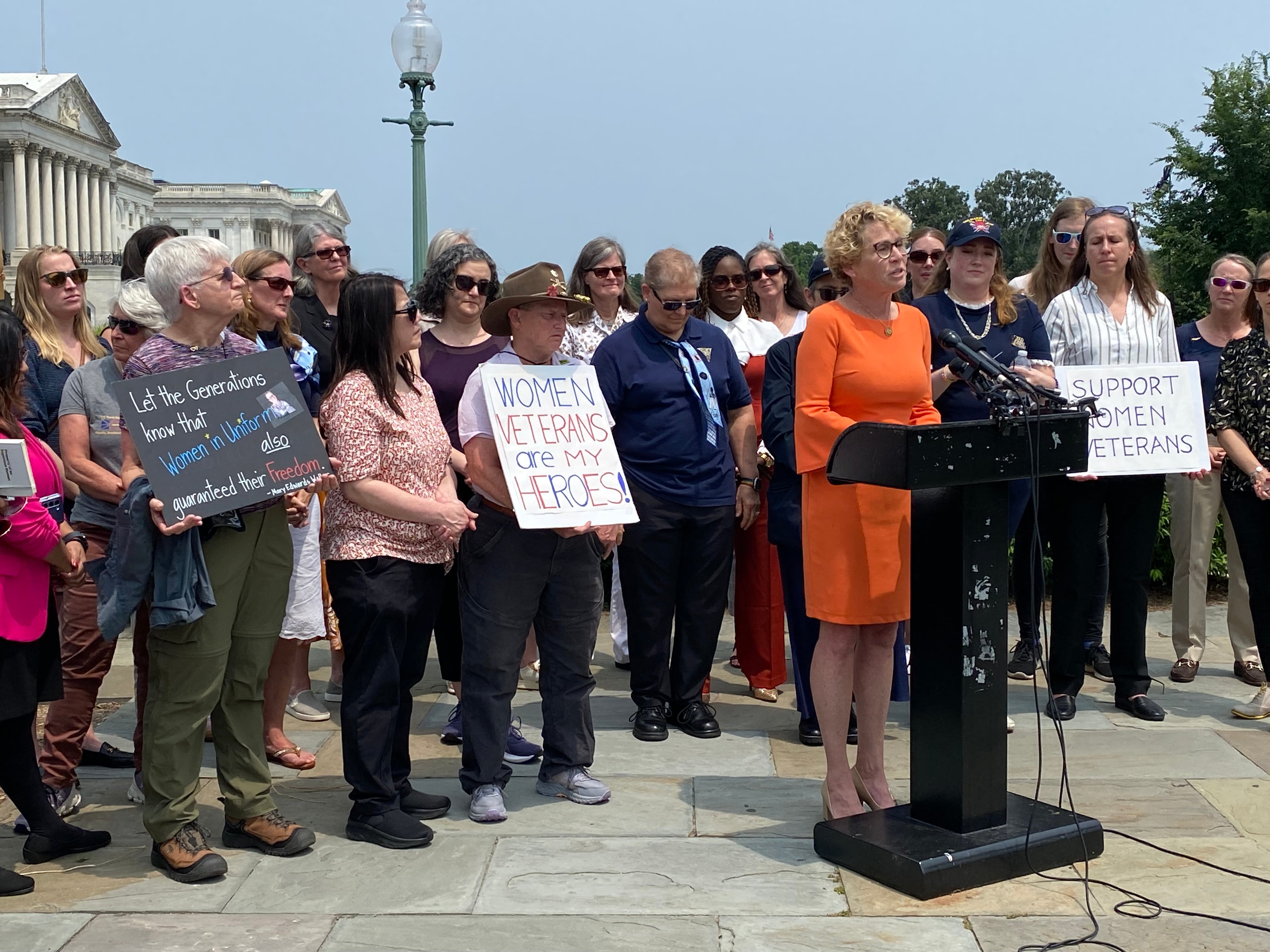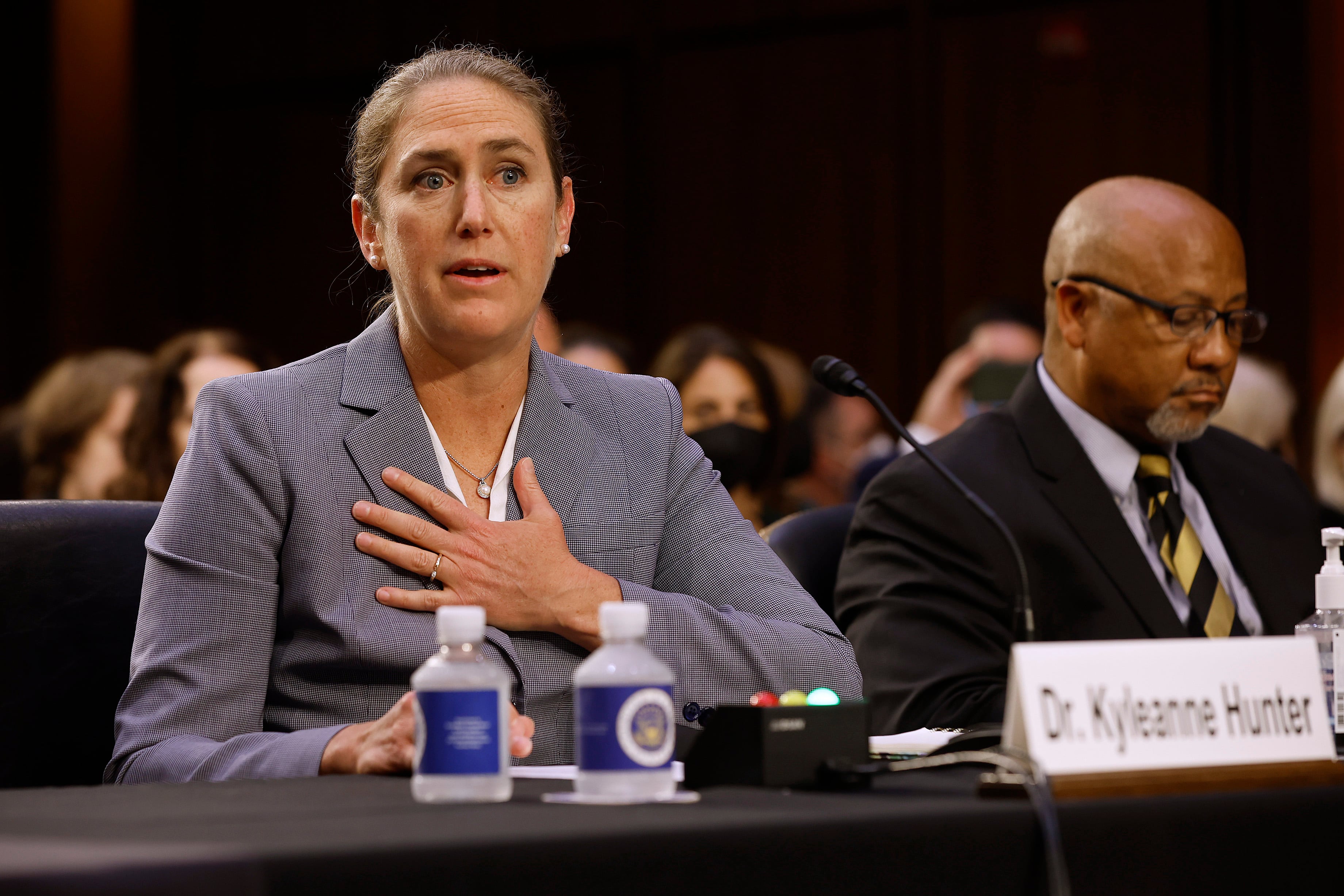WASHINGTON — The U.S. Navy’s Ship to Shore Connector program has become expensive enough to breach Nunn-McCurdy cost thresholds laid out in the decades-old acquisition law, but the service said in a June 11 statement the program has stabilized and will continue in production.
The Navy’s SSC program is the replacement for the Landing Craft Air Cushion, or LCAC, that was designed and built in the 1980s and 1990s. Textron won the contract for the SSC program in 2012 but has so far delivered just three craft after challenges early in the program.
The program saw a series of delays throughout its early testing, which led to production delays at the Louisiana shipyard. The Navy didn’t request any money for the program in fiscal 2020 since so many craft were funded in previous budgets and were not being built yet.
“On March 26, the U.S. Navy notified Congress of an increase in the Program Acquisition Unit Cost and the Average Procurement Unit Cost for the Ship to Shore Connector (SSC) program that exceeds the current baseline estimate, breaching the significant Nunn-McCurdy cost threshold. The breach is attributed to first-in-class challenges that led to increased construction costs resulting from labor and material cost growth and schedule-related issues on early craft,” a Navy statement read. “This is not a critical Nunn-McCurdy breach that would require recertification of the program, and [the undersecretary of defense for acquisition and sustainment] has been notified. The SSC program production is now stable as the first in class challenges have been resolved.”
According to a Defense Acquisition University, if the program cost had risen above its current baseline estimate by 25 percent or more, the program would be terminated unless the defense secretary certified to Congress that it is essential to national security. The SSC’s non-critical breach refers to a cost increase of less than 25 percent. An increase of 15 percent or more counts as a breach that requires notification to Pentagon leadership and Congress.
Naval Sea Systems Command spokesman Alan Baribeau told Defense News that the Ship-to-Shore Connector’s original acquisition program baseline (APB) was listed at $53.7 million apiece and $47.2 million apiece in 2011 dollars, depending on whether developmental costs are included and spread over the cost of each unit.
In the recent fiscal 2020 Selected Acquisition Report, those figures had increased to $63.7 million and $56.4 million, respectively, in 2011 dollars. Those equate to an 18.5-percent increase and a 19.4-percent increase, respectively, over the original baseline.
The Navy plans to buy 72 of these SSCs to replace an aging fleet of LCACs that haul Marines, ground vehicles and equipment to shore from amphibious warships. The LCACs and follow-on SSCs have an inflatable bottom that allows them to sit above the wave tops and “fly” across the water at high speeds, rather than cut through the surf at lower speeds like other connectors. Textron says the SSC can travel at 35 knots in sea state 3 conditions, or fairly calm waters with up to 4-foot waves, hauling 74 tons of gear.
Textron was awarded a contract for Craft 100 (sometimes called LCAC 100) in 2012. By 2016, Textron had been awarded all remaining contract options, out through LCAC 108.
Still, the first craft didn’t see in-water testing until 2018, didn’t go though acceptance trials until 2019 and wasn’t delivered until 2020. In September 2020, LCACs 100 and 101 were sent from Textron’s shipyard outside New Orleans to the Naval Surface Warfare Center in Panama City, Florida, to support initial operator training and move into post-delivery test and trials.
A third craft, LCAC 102, was delivered to the Navy and transited to Panama City earlier this month, the service said in its statement.
LCACs 103 through 115 are in various phases of production and “show reduced overall man hours and expedited outfitting in earlier stages of construction for improved cost and schedule performance,” the statement read.
After an April 2020 contract award, the first 24 craft have been put on contract with Textron, the company noted on its website.
Megan Eckstein is the naval warfare reporter at Defense News. She has covered military news since 2009, with a focus on U.S. Navy and Marine Corps operations, acquisition programs and budgets. She has reported from four geographic fleets and is happiest when she’s filing stories from a ship. Megan is a University of Maryland alumna.





